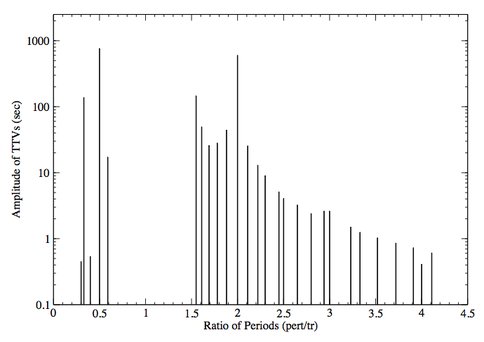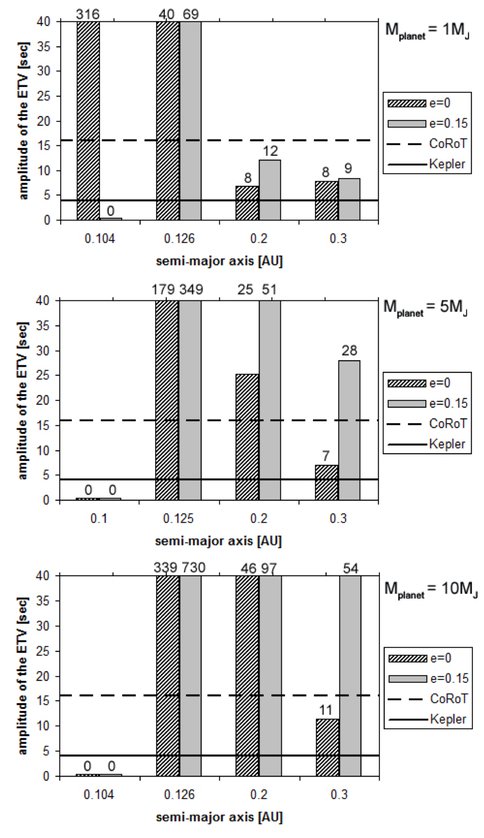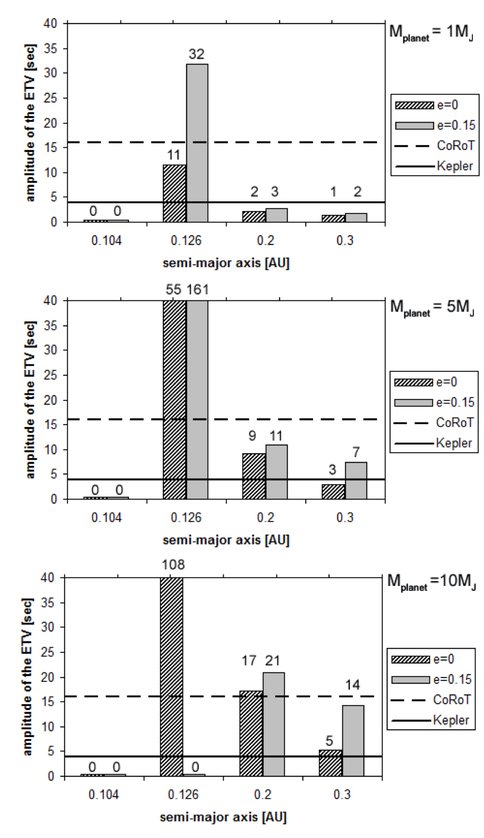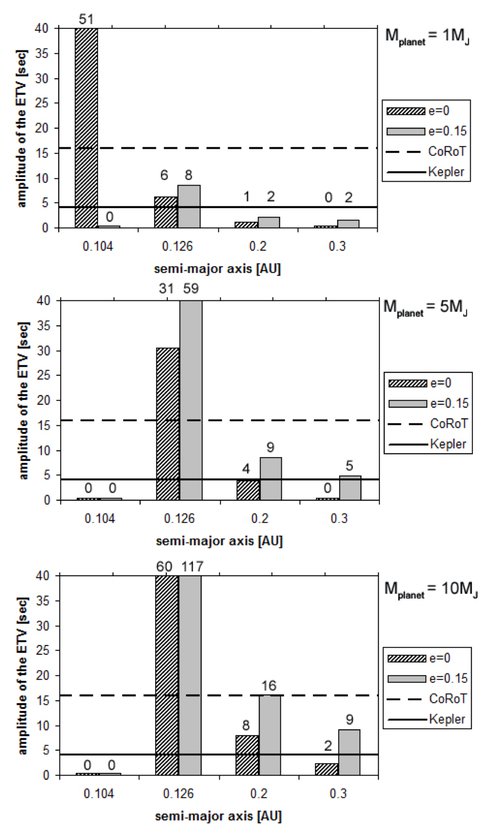2011 Annual Science Report
 University of Hawaii, Manoa
Reporting | SEP 2010 – AUG 2011
University of Hawaii, Manoa
Reporting | SEP 2010 – AUG 2011
Formation and Prospect of the Detection of Habitable Super-Earths Around Low-Mass Stars
Project Summary
In the quest for potentially habitable planets, the nearest stars are of special importance. These stars have accurate distances and precisely determined stellar parameters, and are the only stars for which follow-up by astrometry and direct imaging is possible. Within the Sun’s immediate neighborhood, M stars constitute the majority (72%) of nearby stars. The proximity, low surface temperatures, and small masses of these stars have made them unique targets for searching for terrestrial and habitable planets. During the past five years, team member N. Haghighipour has been actively involved in the detection of extrasolar planets around M stars both in theoretical and observational fronts.
Project Progress
“Detection of Terrestrial Planets Around M Stars”
As part of N. Haghighipour’s initiative on searching for small planets around M stars, and in collaboration with the Carnegie Institution of Washington and UC Lick Observatory, we have recently discovered 10 new planets among which are i) an Earthlike planet in the habitable zone of the M star Gliese 581 (figure 1), ii) a Saturnmass planet in the habitable zone of the M dwarf HIP 57050, iii) a new Uranusmass planet in a Laplace resonance in the multiplanet system around M star GJ 876, and iv) two giant planets around the Sunlike star HD 207832. This is a longterm project where we have expanded our target list to 400 M stars, and are continuously monitoring them for detecting terrestrial/habitable planets.
Artist’s impression of the planets in the Gliese 581 system in comparison to Earth.
“Detection of Terrestrial/Habitable planets Around M stars Using Transit Timing Variation Method with Kepler”
Since the discovery of the first transiting planet more than a decade ago, the search for Trojan planets and moons of giant planets has been a particular subject of interest. Despite a great deal of research in exploring the possibility of the detection of these objects, no such planet has yet been found. However, the success of Kepler space telescope in discovering several multiplanet transiting systems using transit timing variation method, and in identifying more than 1200 planetary candidates points to the great capability of this telescope in detecting moons and Trojan objects. Team member Haghighipour has carried out an expansive study of the possibility of the detection of habitable planets and Trojans using transit timing variation method, and identified ranges of mass and orbital elements of these objects for which the TTV signal of a transiting giant planet due to its Trojan and/or a farther Earthsized companion would fall within the range of the photometric sensitivity of Kepler. Given our interest in detecting habitable planets, Haghighipour has focused his study on M stars where the habitable zone is close to the central star. An extensive study of the transit timing variations has been carried out for Mclass star systems and this has resulted in the identification of ranges of the orbital elements and meanmotion resonances where Trojans, moons, and Earthsized planets can be detected by Kepler in the system’s habitable zone. Our study is continuing where we are simulating the formation of such planetary systems.
The amplitudes of TTVs for an Earth-sized perturber in different mean-motion resonances with a transiting giant planet around an M star.
“Detection of Circumbinary planets”
In close eclipsing binaries, measurements of the variations in binary’s eclipse timing may be used to infer information about the existence of circumbinary objects. To determine the possibility of the detection of such variations with CoRoT and Kepler space telescopes, we have carried out an extensive study of the dynamics of a binary star system with a circumbinary planet, and calculated its eclipse timing variations (ETVs) for different values of the mass ratio and orbital elements of the binary and the perturbing body. The results of our study allows for an assessment of the detectability of the planet by comparing the resulting values of ETVs with the photometric sensitivity of CoRoT and Kepler. Results point to extended regions in the parameter space where the perturbation of a planet may be large enough to create measurable variations in the eclipse timing of the secondary star. Many of these variations point to potentially detectable ETVs and the possible inference of Joviantype planets.
Eclipse Timing Variations (part a). Results of simulations for eclipse timing variations for different values of mass ratios for binary systems to be used to infer information about the existence of circumbinary objects.
Eclipse Timing Variations (part b). Results of simulations for eclipse timing variations for different values of mass ratios for binary systems to be used to infer information about the existence of circumbinary objects.
Eclipse Timing Variations (part c). Results of simulations for eclipse timing variations for different values of mass ratios for binary systems to be used to infer information about the existence of circumbinary objects.
Publications
-
Haghighipour, N. (2011). Exoplanets. Meteoritics & Planetary Science, 46(10), 1617–1618. doi:10.1111/j.1945-5100.2011.01258.x
-
Meschiari, S., Laughlin, G., Vogt, S. S., Butler, R. P., Rivera, E. J., Haghighipour, N., & Jalowiczor, P. (2011). THE LICK-CARNEGIE SURVEY: FOUR NEW EXOPLANET CANDIDATES. The Astrophysical Journal, 727(2), 117. doi:10.1088/0004-637x/727/2/117
- Schwarz, R., Haghighipour, N., Funk, B., Eggl, S. & Pilat-Lohinger, E. (2010). Variations of the Transit Timing of Planets in Binary Star Systems. EPSC 2010, 791.
-
PROJECT INVESTIGATORS:
-
PROJECT MEMBERS:
R. Paul Butler
Collaborator
Gregory Laughlin
Collaborator
Eugenio Rivera
Collaborator
Steve Vogt
Collaborator
-
RELATED OBJECTIVES:
Objective 1.1
Formation and evolution of habitable planets.
Objective 1.2
Indirect and direct astronomical observations of extrasolar habitable planets.





